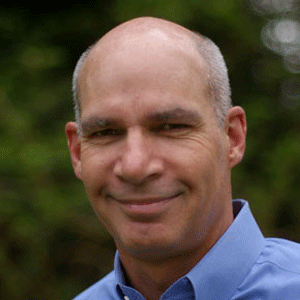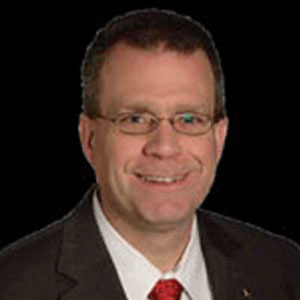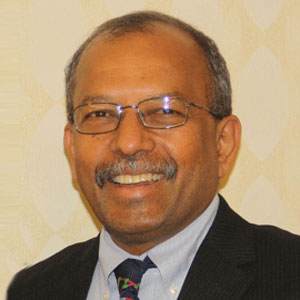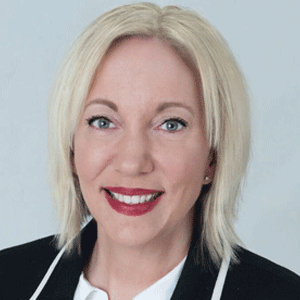THANK YOU FOR SUBSCRIBING

Mark Walters, Chairman, Z-Wave Alliance
While smart home functionalities have been in existence for decades now, the medium has undergone extensive changes of late as enabling technologies have evolved, and connectivity to the Internet has been given up. What began as primitive point-to-point remote control for lights and appliances has evolved into comprehensive control and automation ecosystems for residential and commercial environments – encompassing everything from smart lighting, climate energy management, and security to water controls. The Z-Wave standard, a prominent wireless two-way communications protocol designed specifically for control and status-reading applications, has enabled routine reporting, logging and cloud transmission of the activities across these environmental systems. The usage data generated by these Z-Wave controlled devices and systems paints a vivid picture of activity within these environments. The resulting data sets, observed as immediate snapshots or as changes over time, present clear demonstrations and predictive implications for a broad variety of stakeholders, including residents, energy utilities, security providers and healthcare professionals, all the way through community services and smart city initiatives.
“While smart homes have always been capable of conserving energy—think of the earliest lighting controls--a new generation of smart devices allows consumers to clearly visualize their home energy usage and make adjustments as needed” Individual and Scaled Quantified Environments The addition of cloud capabilities to the smart home landscape has been largely driven by the home security sector, which already monitors millions of homes and businesses worldwide. Companies like ADT, Honeywell, Vivint, Alarm.com and Napco, among many others, have extended their core monitoring services through additional Z-Wave enabled smart objects, such as door locks, thermostats, and water valves. These individual devices, as well as the environmental subsystems in which they operate, are all remotely monitored by the service’s cloud. This in turn provides a detailed picture of building activity. While the data collection of these monitored environments is configured relevantly to the specific homeowner or building operator, data patterns that are extensible throughout larger localities or specific building types are yielding important information that go beyond one-to-one reportage.












